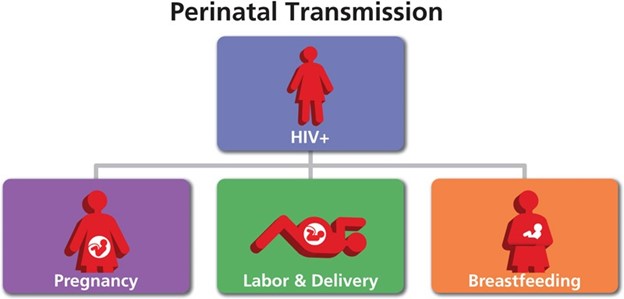It is now recommended that children with asthma who are taking long-term inhaled steroids should be assessed frequently to monitor for increased risk of:
Cough
Osteoporosis
Slowed growth
Cushing’s syndrome
The Correct Answer is C
Children with asthma who are taking long-term inhaled steroids should be assessed frequently to monitor for this increased risk because some studies have shown a growth delay in children treated with moderate to high doses of inhaled steroids. This appears to occur only during the first year of treatment and may be reversible.
Choice A is wrong because cough is not a side effect of inhaled steroids, but a symptom of asthma itself.
Choice B is wrong because osteoporosis is not a common side effect of inhaled steroids in children, but a possible risk for adults who use high doses of inhaled steroids or oral steroids.
Choice D is wrong because Cushing’s syndrome is not a side effect of inhaled steroids, but a rare complication of oral steroids.
Nursing Test Bank
Naxlex Comprehensive Predictor Exams
Related Questions
Correct Answer is D
Explanation
The correct answer is choice D. Perinatal transmission of HIV is when HIV is passed from a woman with HIV to her child during pregnancy, childbirth, or breastfeeding.

Breast milk from an infected mother can contain HIV and infect the baby.
Choice A is wrong because HIV can be transmitted at any stage of pregnancy, not only in the third trimester.
Choice B is wrong because needlestick injury is not a common mode of perinatal transmission of HIV. It is more likely to occur among health care workers who are exposed to contaminated needles or sharp objects.
Choice C is wrong because HIV can also be transmitted through the ingestion of amniotic fluid, but it is not the only way. Amniotic fluid is the fluid that surrounds and protects the baby in the womb.
Correct Answer is B
Explanation
This is because a patent ductus arteriosus is a congenital heart defect that involves a defect in which the fetal shunt between the aorta and the pulmonary artery fails to close. This causes a continuous machinery-like murmur that can be heard on auscultation.
Choice A is wrong because pulmonary stenosis is a narrowing of the pulmonary valve or artery that obstructs blood flow to the lungs. It causes a systolic ejection murmur that is best heard at the upper left sternal border.
Choice C is wrong because the ventricular septal defect is a hole in the wall between the ventricles that allows blood to flow from the left to the right side of the heart. It causes a loud, harsh holosystolic murmur that is best heard at the left lower sternal border.
Choice D is wrong because coarctation of the aorta is a narrowing of the aorta that reduces blood flow to the lower body. It causes a systolic murmur that radiates to the back and weak or absent femoral pulses.
Whether you are a student looking to ace your exams or a practicing nurse seeking to enhance your expertise , our nursing education contents will empower you with the confidence and competence to make a difference in the lives of patients and become a respected leader in the healthcare field.
Visit Naxlex, invest in your future and unlock endless possibilities with our unparalleled nursing education contents today
Report Wrong Answer on the Current Question
Do you disagree with the answer? If yes, what is your expected answer? Explain.
Kindly be descriptive with the issue you are facing.
